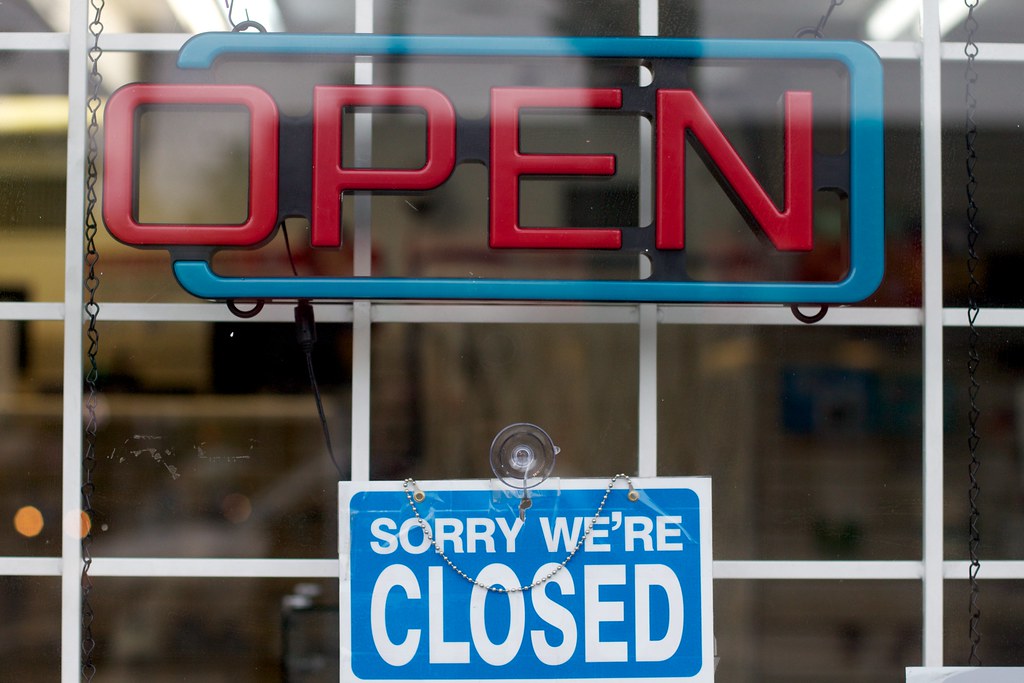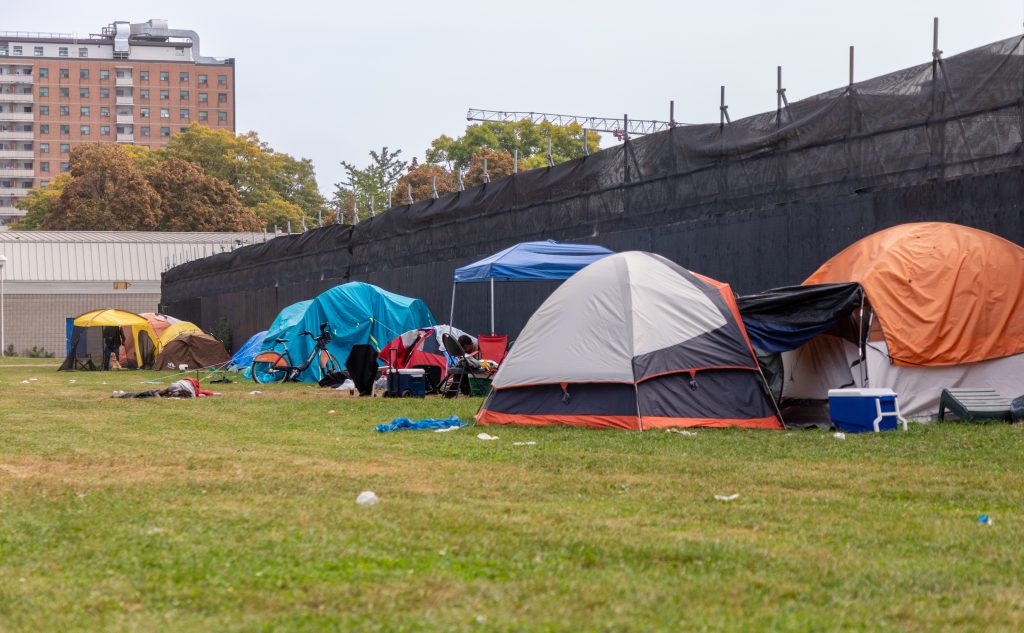Toronto’s housing market shows no signs of cooling down
Posted November 3, 2021 8:01 am.
Last Updated November 3, 2021 8:16 am.
Toronto’s housing market is still super hot.
It was the second-best October on record, with prices continuing to soar as a flood of buyers relentlessly chase a dwindling number of homes for sale.
Almost 9,800 homes were sold — just shy of the record of 10,503 set in October of last year.
The Toronto Regional Real Estate Board (TRREB) also said the number of units newly listed for sale plunged by more than a third, which sent the average price up by 19.3 per cent.
“The only sustainable way to address housing affordability in the GTA is to deal with the persistent mismatch between demand and supply. Demand isn’t going away. And that’s why all three levels of government need to focus on supply,” said Kevin Crigger, president of the Toronto Regional Real Estate Board.
After reaching all-time highs in March, home sales in Toronto and Canada-wide lessened throughout the spring and summer months. Still, with pandemic-restrictions easing, COVID-19 cases declining and economic growth starting to make a comeback, the market is heating up again.


“The federal government has stated that collaboration with provinces and municipalities is required. This collaboration could be spearheaded, at least in part, with housing-related incentives tied to federal infrastructure investment,” Crigger said.
The supply-demand imbalance could add urgency to the federal government’s efforts to address an affordability crisis, something Prime Minister Justin Trudeau promised during a summer election campaign.
“The tight market conditions across all market segments and areas of the GTA is testament to the broadening scope of economic recovery in the region and household confidence that this recovery will continue,” said TRREB Chief Market Analyst Jason Mercer.
“A key part of future economic development in the GTA will be the ability to provide adequate ownership and rental housing supply so that people can continue to move to the region to live, work and spend money in the local economy.”








